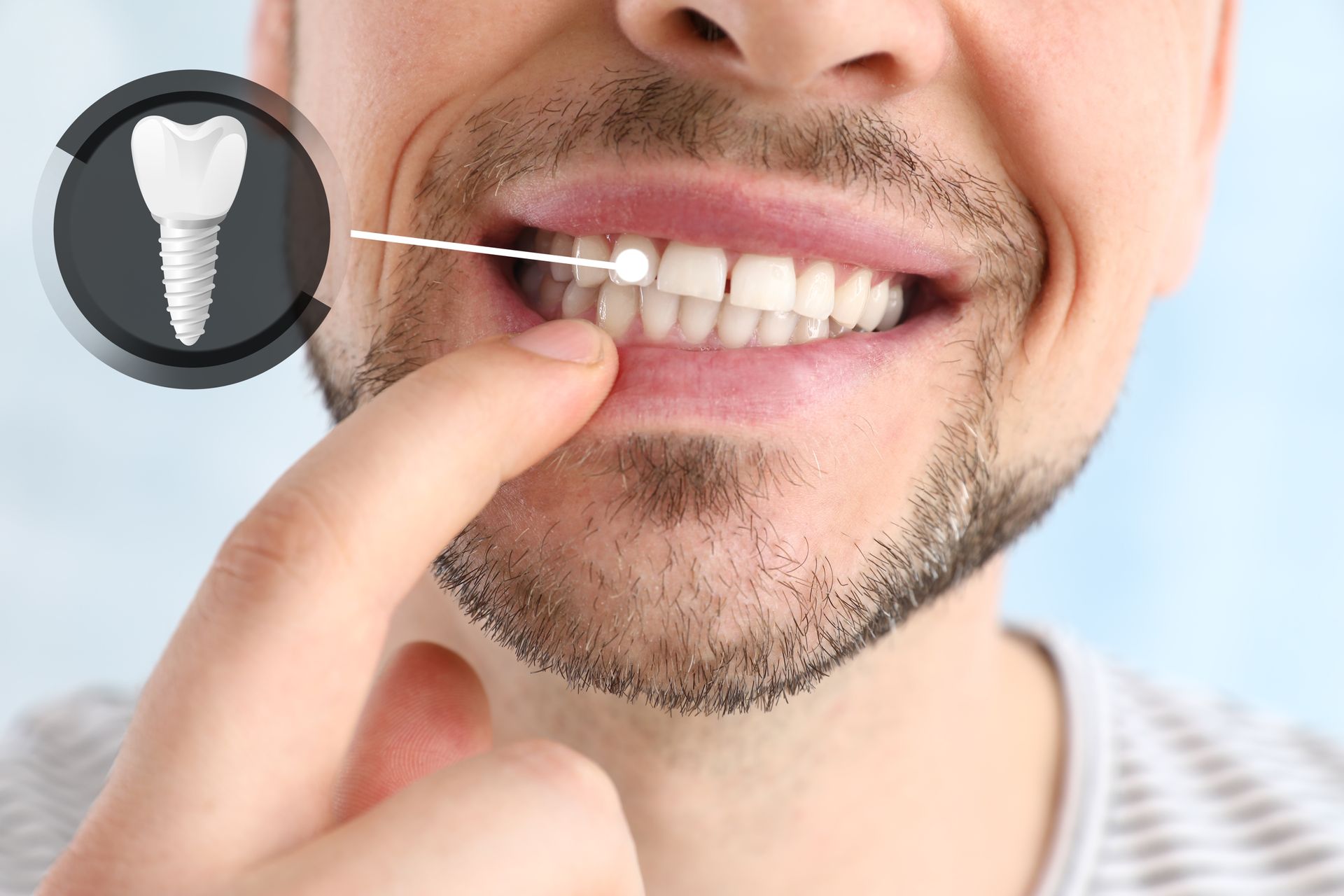The Crucial Connection Between Dental Cleanings and Overall Health
Did you know that your dental health can have a significant impact on your entire body? While routine dental cleanings might seem like just another appointment to fit into your schedule, they play a far more important role than simply brightening your smile. Understanding the link between dental cleanings and overall health is essential for maintaining a healthy body and mind.
How Are Dental Cleanings and Overall Health Connected?
Your mouth is the gateway to your body. As a primary entry point for bacteria, maintaining a clean and healthy mouth is vital to your overall well-being. Without proper care, harmful bacteria can build up, leading to oral infections such as gum disease, which in turn can affect other parts of the body.
Gum disease, for example, has been closely linked to serious systemic conditions such as heart disease, diabetes, and respiratory problems. During a dental cleaning, harmful plaque and tartar are thoroughly removed, helping to reduce the risk of inflammation and infection that could potentially spread to other parts of the body.
Regular cleanings are crucial in preventing these risks, ensuring that oral bacteria do not become a threat to your general health.
The Impact of Oral Health on Heart Health
One of the most significant connections between oral health and overall health is its impact on the heart. Studies have shown that individuals with gum disease are at a higher risk for developing cardiovascular conditions. When plaque and bacteria from the mouth enter the bloodstream, they can cause inflammation that narrows arteries and increases the risk of heart attacks and strokes.
Routine dental cleanings reduce the bacterial load in your mouth, significantly lowering your chances of developing these complications. By maintaining healthy gums through professional cleanings, you are actively protecting your heart as well.
Oral Health and Diabetes Management
For individuals with diabetes, oral health plays an especially critical role. Gum disease can make it more difficult to control blood sugar levels, creating a dangerous cycle where poor oral health worsens diabetes symptoms, and diabetes itself makes you more prone to gum infections.
Regular dental cleanings are vital in this scenario. By controlling gum disease, patients with diabetes can better manage their blood sugar levels and reduce their risk of other related complications. Maintaining optimal oral hygiene significantly contributes to a more manageable diabetic condition.
The Link Between Oral Health and Respiratory Conditions
The bacteria present in your mouth can be inhaled into your lungs, potentially leading to respiratory issues such as pneumonia and chronic obstructive pulmonary disease (COPD). Individuals with compromised immune systems or existing respiratory conditions are especially vulnerable to this risk.
By scheduling regular dental cleanings, you can minimize harmful bacteria in your mouth, lowering the chances of developing or worsening respiratory problems.
Benefits of Regular Dental Cleanings
Professional dental cleanings provide numerous benefits beyond a clean, fresh smile. According to the American Dental Association (ADA), dental cleanings play a key role in:
- Preventing Cavities and Gum Disease: Plaque buildup is the leading cause of tooth decay and gum infections. Routine cleanings keep your teeth and gums healthy by eliminating these harmful substances.
- Detecting Oral Health Issues Early: Dental professionals can spot early signs of oral conditions such as gum disease, cavities, and even oral cancer during your cleaning appointment, allowing for prompt treatment.
- Reducing the Risk of Tooth Loss: By addressing tartar and plaque buildup before it leads to serious damage, dental cleanings can help you maintain strong teeth for years to come.
- Boosting Your Immune System: A clean, healthy mouth reduces the spread of bacteria that can compromise your immune system.
- Fresher Breath and Brighter Smile: Cleanings effectively remove stains and lingering odors, leaving you with a polished, confident smile.
How Often Should You Schedule a Dental Cleaning?
The American Dental Association recommends scheduling dental cleanings at least twice a year for most individuals. However, those with a history of gum disease, diabetes, or other health conditions may require more frequent visits. Dr. Daniel and Dr. Lisa at Aria Dental of Annapolis can help assess your specific dental needs and create a customized cleaning schedule to maintain optimal oral health.
The Importance of Maintaining Oral Hygiene Between Cleanings
While professional cleanings are essential, your daily oral hygiene routine plays an equally important role in protecting your overall health. Brushing twice a day, flossing regularly, and using mouthwash can help control plaque buildup and reduce the risk of gum disease. Additionally, consuming a balanced diet low in sugary foods can support your dental and overall well-being.
Conclusion: Prioritize Your Oral Health for a Healthier You
Your mouth is more than just a smile — it's a vital part of your body's overall health. By committing to regular dental cleanings, you are taking proactive steps to protect yourself from a variety of serious health conditions.
At Aria Dental of Annapolis, Dr. Daniel and Dr. Lisa are dedicated to helping patients achieve and maintain healthy smiles that contribute to overall well-being. If you're overdue for a dental cleaning or want to learn more about how oral health impacts your overall health, give us a call today at 410-280-5370 to schedule an appointment. Prioritize your smile and your health — your body will thank you for it.



Website designed and maintained by Energize Group
Aria Dental of Annapolis

